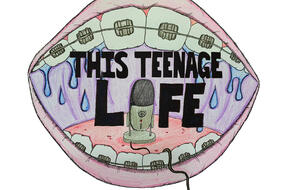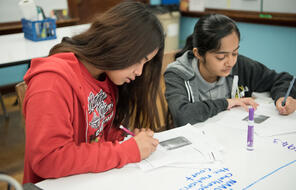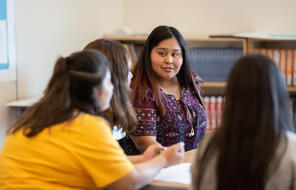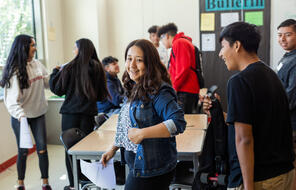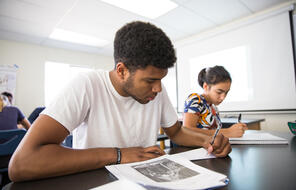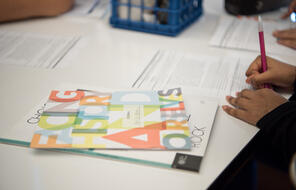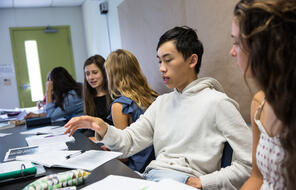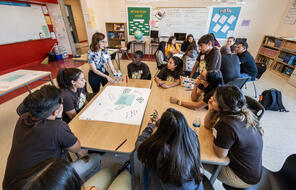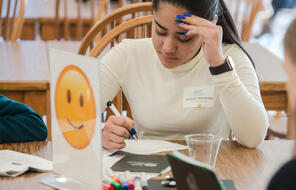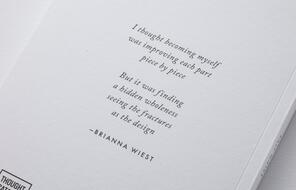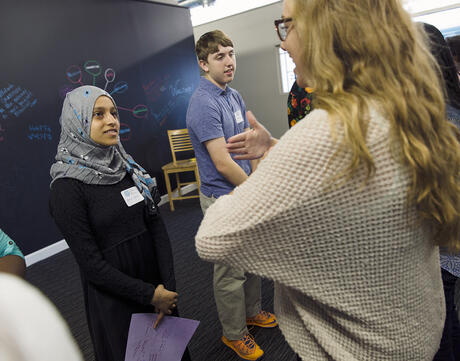
Reader's Theater
At a Glance
Language
English — USSubject
- English & Language Arts
- History
- Social Studies
Grade
6–12Overview
What Is Reader's Theater?
In an activity based on the Reader’s Theater strategy, groups of students are assigned a text excerpt to present to their peers. As opposed to presenting skits of the plot, a reader’s theater asks students to create a performance that reveals a message, theme, or conflict represented by the text. As students practice this activity, they become more proficient at using the words of the text to depict concepts and ideas. This is an effective way to help students process dilemmas experienced by characters in a text. This is also an effective activity to use with emotionally powerful texts, such as Night by Elie Wiesel.
Lesson Plans
How to Use Reader's Theater
Unlimited Access to Learning. More Added Every Month.
Facing History & Ourselves is designed for educators who want to help students explore identity, think critically, grow emotionally, act ethically, and participate in civic life. It’s hard work, so we’ve developed some go-to professional learning opportunities to help you along the way.
Exploring ELA Text Selection with Julia Torres
On-Demand
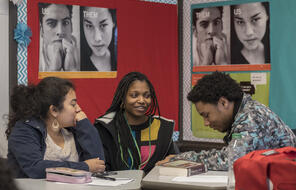
Working for Justice, Equity and Civic Agency in Our Schools: A Conversation with Clint Smith
On-Demand

Centering Student Voices to Build Community and Agency
On-Demand
